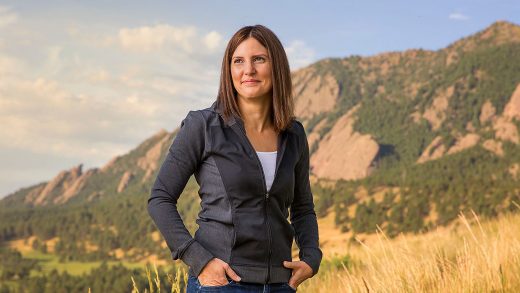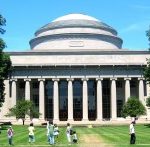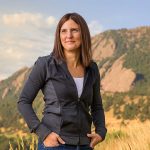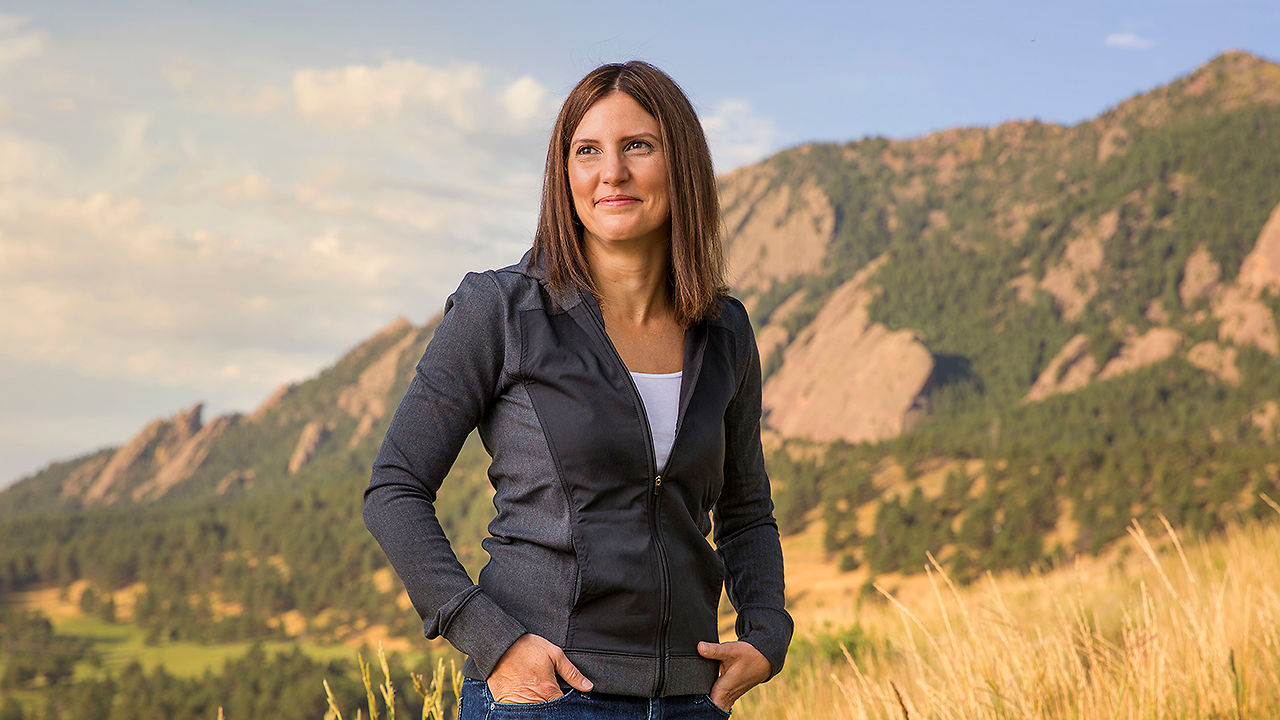Noosa’s Playbook For Gaining Ground On Industry Giants
In 2005, Koel Thomae was visiting her mother in the Australian seaside town of Noosa when she had a life-altering experience. It involved a cup of yogurt.
People often wax hyperbolic about amazing food experiences, but this yogurt literally transformed Thomae’s life: It led her to quit her job, befriend a dairy farmer, use her retirement savings to build a yogurt production plant, and launch her own yogurt company, appropriately named Noosa. She came across the stuff, made in small batches by a local family, at a corner store by the beach. She remembers the moment she first tasted it the way some people remember meeting their soulmate. “It came in a clear tub and was topped off with passionfruit puree, a quintessentially Aussie flavor,” she recalls. “It was one of the best things I had ever tasted in my life.”
The yogurt was much creamier than traditional blended yogurt. It was made with whole milk, which made it much richer than the fat-free or low-fat yogurts that are common in the refrigerated section of grocery stores. And unlike Greek yogurt, which is strained to the point of being firm, this yogurt was still light and fluffy, like thick whipped cream. In terms of flavor, it wasn’t too tart and just a tad sweet, since it was infused with honey, making it the perfect complement to fruit.
Some naysayers discouraged her, saying it would be impossible to compete in the cutthroat $7.7 billion yogurt market, which is crowded with massive brands like Chobani, Yoplait, and Dannon. Instead, she decided to risk everything for a product that she thought was so delicious, everyone would want to eat it. “If we had done any market research, it would have shut us down,” Thomae says.
And her bet has paid off: She’s created one of the fastest-growing yogurt companies in America, bringing in $100 million in revenues a year. While the brand is still small by comparison—Chobani, the biggest owner-operated yogurt brand in the industry with 18% market share, brings in $1.2 billion annually—Noosa is on a tear. With recently secured contracts at big national retailers like Target, its revenue growth will accelerate in the coming year. And Noosa is already the top-selling yogurt brand in Colorado, outpacing the giants of the industry.

It’s All About The Supply Chain
Before launching Noosa, Thomae had spent several years working as a supply chain manager at the soda startup Izze in Boulder, Colorado, where she had been living as an expat since college. She had some experience in the food business. How hard could it be to manufacture yogurt?
Very hard, it turned out. As she learned more about the industry, she discovered that dairy products are highly regulated in the U.S., and the logistics of getting enough fresh milk to produce a batch of yogurt can be mind-boggling (as well as controversial). It takes three cups of milk to produce one cup of yogurt; you need to have access to a large supply of milk that can be quickly and regularly delivered to your production facility.
The key, she thought, was connecting with someone who had experience in the dairy industry. After she licensed the original recipe from the Australian family, she cold-called a dairy farm close to where she lived in Colorado to ask if they might be interested in helping her make some yogurt. “I thought she was just a little crazy,” says Rob Graves, who invited her out to his farm in 2008. “But then I tasted the yogurt.”
Like Thomae, Graves thought the yogurt was pretty spectacular. He had never set out to be a yogurt entrepreneur, but he was intrigued by the prospect of using his cow’s milk to create this creamy, delicious stuff. And he immediately understood that the way to achieve this was to make sure that they used milk of the highest quality.
As a fourth-generation dairy farmer, Graves knows everything there is to know about milk. His family has owned his 800-acre farm since 1874, and he currently owns 850 cows. He’s the kind of man who gets excited about the latest cow-milking technology, like a rotary he’s just bought that ensures each cow gets milked for exactly seven and a half minutes. “Cows like consistency,” he explains. He regularly drinks raw, unpasteurized milk from his cows, since he believes it is the best way for him to determine how happy the herd is. Changes in temperature or wind can impact the flavor of the milk, he says. Too much starch in the feed can turn the milk acidic.
Graves was excited about this new challenge, so he decided to become Thomae’s business partner. Together, they wagered that there was room in the U.S. market for a different kind of yogurt.
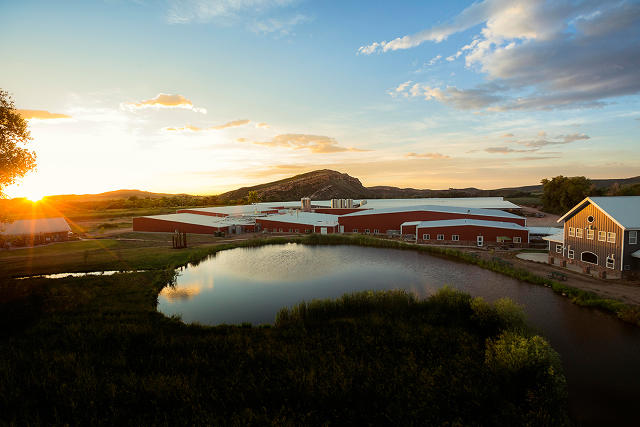
There were many challenges before them. For instance, the startup costs for a food product are incredibly high. “There are a lot of costs, not just in terms of the supply chain, but also in getting products on shelves. When Yoplait has a new product, they have an enormous marketing budget so that it becomes a national player; we never had that.”
Instead of tinkering with small batches in a commercial kitchen, the duo used their own money to build a yogurt production facility on the Graves family farm. This would give Noosa an advantage over many other yogurt companies by allowing it to control its supply chain, down to each individual cow. “We never even put the milk on a truck,” Graves says. “It’s just a pipeline.”
By 2010, the plant was up and running. Noosa started making 200 gallons of yogurt a week, which was a lot, given that it did not have any customers. Thomae and Graves also developed a passionfruit purée, much like the one Thomae had tried at the beach in Noosa, and began to concoct many other flavors.
Being Ready For The Big Chance
Graves had been selling old-fashioned bottles of milk through a home delivery service and at local groceries, including the Colorado Whole Foods stores, so he tapped into these networks to start selling Noosa. The two also made the rounds to the local farmer’s markets. This slow, deliberate process began to pay off. Interest in the product spread by word of mouth, and soon people began asking their local retailers to carry Noosa on their shelves. “But we were interested in making the leap from the natural food world to conventional grocery stores,” Thomae says. “We wanted to play alongside all of the big boys, the Dannons and the Yoplaits.”
Their big break came when they heard, through the grapevine, that the national dairy company Horizon Organic was no longer going to produce six-ounce yogurt cups. The buyer at a local grocery chain called King Sooper needed new products to stock at his 100 stores. Noosa contacted him; his only caveat was that they would need to be able to produce a lot of yogurt very quickly.
But Graves and Thomae had been preparing for this moment from the beginning, by investing early in the infrastructure. They would have no problem ramping up production in a snap. “This was a really important case study that we showed buyers as we moved beyond Colorado,” Thomae says.
Over the past six years, Noosa has been growing fast, but the real tipping point came when the brand started showing up in mainstream supermarkets. Over the last two years alone, sales have doubled. From the start, Thomae and Graves realized that the key to taking off in the food industry is being able to scale quickly and produce products as soon as buyers need them. Having access to their own cows and controlling their own production facility has been crucial to their success.
Noosa now produces 18 different flavors. Staying true to their original approach, they don’t do consumer research, but pick flavors that taste delicious to them. Many are inspired by fruit found in Australia, such as coconut, pineapple, and mango, but there are also American favorites like pumpkin and strawberry rhubarb.
As Noosa grows, it wants to make sure that the yogurt remains as memorable as the first bite that Thomae took in Australia. “What we’re most proud of is that we’ve always remained very focused on what has made us successful to begin with, which is making bloody good yogurt,” she says.
Fast Company , Read Full Story
(72)

